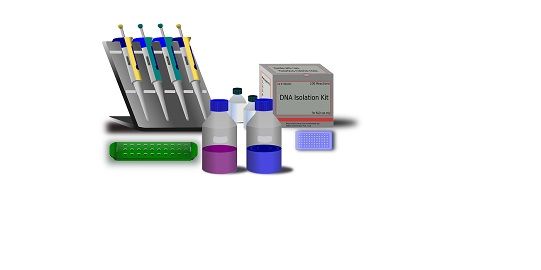

If yes, then a Western/ Northern/ Southern blot is done for a more refined and quantifiable detection. The sample is directly put on the membrane, without the preceding electrophoresis step, and then probed for the target.Ī Dot blot is generally used as a quick method to see whether the target exists at all in the sample. Proteins are detected using Western blots.Īs its derivatives for detecting protein-nucleic acid complexes, we have already mentioned Northwestern and Southwestern blots.ĭot blot is a Western or Northern or Southern blot without the electrophoresis step. This is where a Southwestern will be an experimental approach. And the researcher wants to blot for the transcription factor protein bound to the promoter DNA. Think about an experiment where a transcription factor is being studied. Southwestern (Southern + Western) is an optimized variation of Southern or Western blot to detect protein-DNA interactions in the sample. Southern blot is used for detecting DNA fragments of a particular sequence in the sample. This is where a Northwestern might become a handy experiment to do. Think about an experiment where an RNA binding protein, along with its target RNA is being studied. It can be varied slightly as Northwestern (Northern + Western) for detecting protein-RNA complexes in the sample. Northern blot is for detecting specific RNA fragments in the sample. Below is a snapshot of the common blots, along with a brief description of each one’s objective. There can be slight variations to these blots, each for a specific experimental purpose. Western blot for proteins, Northern blot for RNA, and though not very common, Southern blot for DNA. Three main types of blots are used regularly in laboratories.

Radioactive detection in blotting experiments We shall also take a brief look at those. Slight variations in these techniques give rise to few other blotting techniques, which are relatively uncommon. We will also take a glance at the three main types of blotting – Southern, Northern and Western. In this article, we will first understand the principle of blotting, and how it is used in the analysis of biomolecules. Very similar to this, in molecular biology experiments, the macromolecule sample is blotted or transferred to a blotting membrane where further analysis is done. In daily life, when you have spilled a drink, you use a paper towel to absorb and soak up the spill. Southern blot detects DNA, and Norther blot detects RNA. Describes which blotting technique is appropriate based on the type of macromolecule. Specifically, Southern, Northern and Western blotting is done to analyze DNA, RNA and protein samples respectively.įigure 1. And, if it indeed is present, its abundance in the sample can also be quantified.

Results of a blotting experiment tell you whether a macromolecule of a specific sequence is present in your sample or not. Blotting techniques are used to detect and analyze three types of biological macromolecules: DNA, RNA and proteins.


 0 kommentar(er)
0 kommentar(er)
